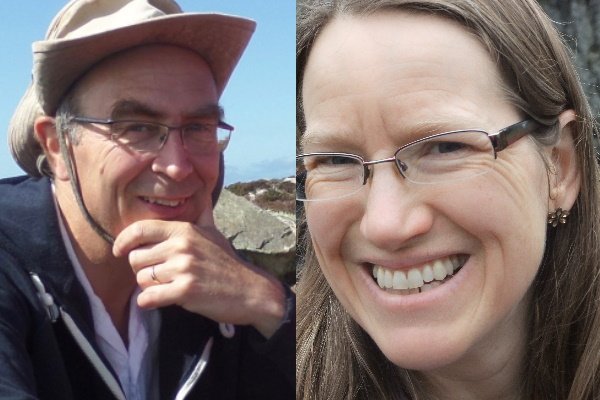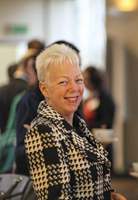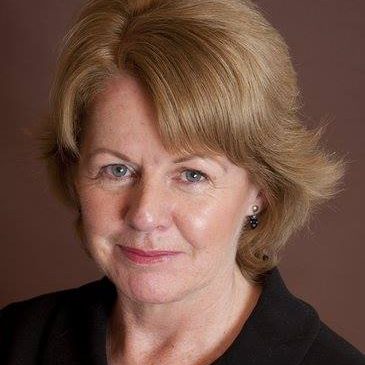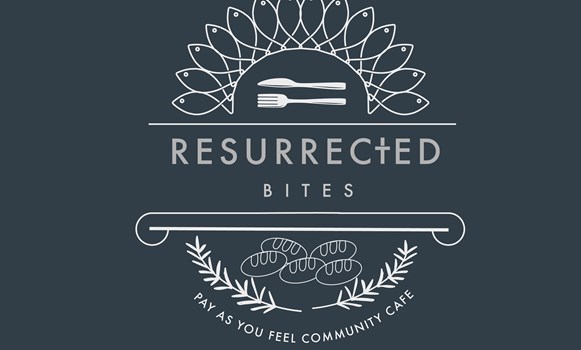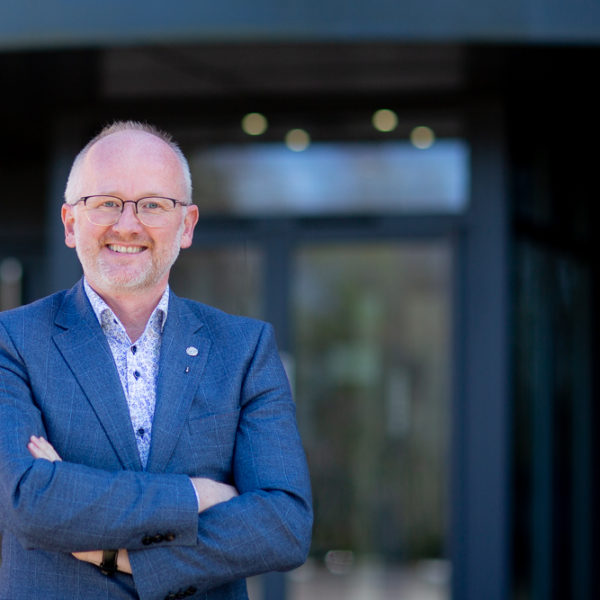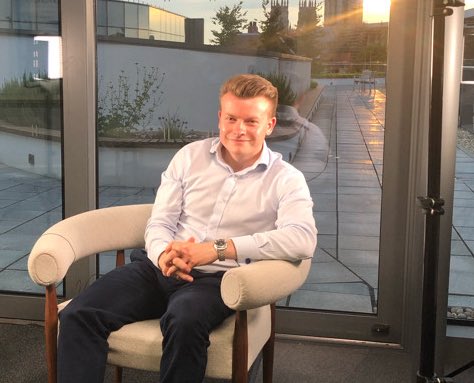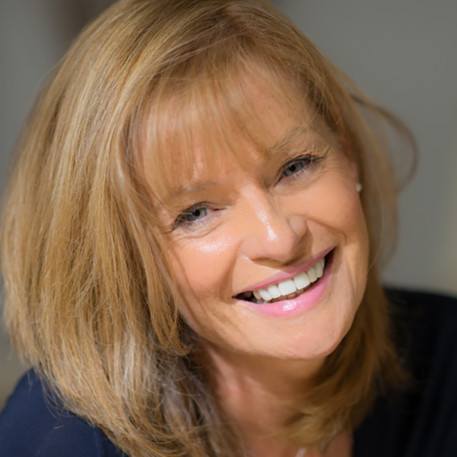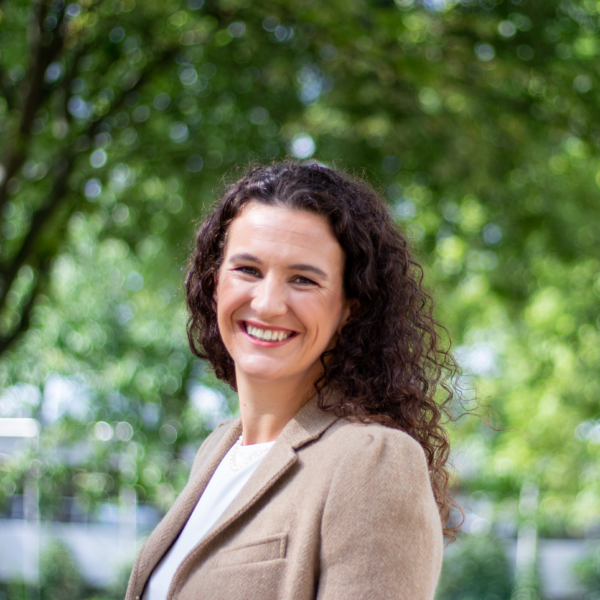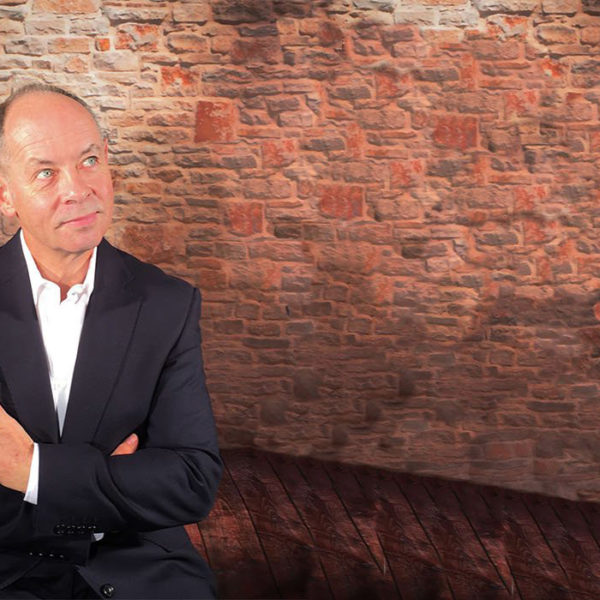Show Notes
14s: Jemima Parker, the chair of Zero Carbon Harrogate, and Ian Fraser who leads the Carbon Capture working group. We’re going to talk about the origins of zero Carbon Harrogate and what people here in Harrogate can do and should do.
41s: Around 10,000 years ago, Harrogate was frozen. The temperature goes up and down naturally. Is climate change a real thing? The climate has always been changing but now, there is an unprecedented speed of change. We’ve seen 1 degree of global warming in just 150 years which is accelerating year on year. This rapid change requires urgent action. There is more rainfall causing flooding for farmers, heatwaves, seasons are changing etc. We can reduce carbon emissions.
3mins 9s: It seems hard for everyone to collaborate internationally? It’s not impossible. Every community needs to play its part. Each one of us in Harrogate, on average, is responsible for 7.1 tonnes of carbon emissions a year. Globally, we have 420 billion tonnes left in our global budget that we can burn through before we push our climate over 1.5 degrees of global warming.
5mins 10s: So that’s 7.1 tonnes per person? On average in Harrogate. The UK average is 5.5 tonnes, so Harrogate residents are higher than average.
5mins 34s: Why does Harrogate pump out more carbon emissions? Every pound we spend has a carbon footprint. Whatever the product is, has been manufactured which uses energy and that produces emissions. If you’re using services, people have buildings that they have to maintain. All of our activities have a carbon cost. Harrogate has a high standard of living so we have a high carbon footprint.
6mins 30s: Do you think the people of Harrogate know that? I don’t think most people know because most people aren’t carbon literate. We need to understand the carbon costs of our different activities.
7mins 49s: Bettys and Taylors said “if you look at the carbon footprint of a cup of tea. You have the tea picked in India, processed in a factory, picked up from a shop, boil the water, as soon as you out a splash of milk in, it doubles the carbon footprint”. What can people do to understand what they buy? They’ve worked hard to make their supply chain carbon neutral. 45% of the emissions from our food, on average, come from the manufacturing on the farm, so it’s important to think about how our food is grown. It’s less important how it’s packaged and transported. How it’s produced on the farm is the most important part of its carbon emissions.
10mins 23s: Who are you and how did Zero Carbon come to pass? In 2015, the Paris climate change talks were taking place in December. Ian, who’s with me now, working with Christian Aid, put on a film showing of Naomi Klein’s This Changes Everything. From that film showing, we realised that we needed to take action locally.
11mins 20s: What was the next stage? A few months after we got together with people who were interested in this and we developed different working groups. We took on the name Zero Carbon because we knew we needed to get to net zero. Following the work of Zero Carbon Britain, which is models of different options of how we can get to zero. Some of us went on a training course with Zero Carbon Britain to upskill and make sure we’re on track with strategies that are needed to affect this locally. The different working groups look at food, buildings, transport.
12mins 33s: How many people are involved? We have a couple of hundred people on our newsletter, we have about 30 people who are actively involved in the working groups. We’d love to have more and anyone is welcome to come and join us. We have public meetings every month or two, we’ll put on events as well.
13mins 13s: What type of people are involved in these committees? We’re a broad range of people with different interests. We are all concerned with making Harrogate a better place to live.
13mins 42s: What about some of the local issues like the Nidd Gorge? Transport is a major issue, nearly half the carbon emissions, according to the government’s statistics, come from transport. It’s an issue that’s been neglected for many years. We got involved when The North Yorkshire County Council started talking about the Relief Road Review which was changed to a Traffic Congestion Review. We’ve been putting forward a wide range of ideas for sustainable transport options. We need to reduce the amount of vehicles on the road. Half the carbon footprint of a car comes from the manufacture, the other half is the fuel. For shorter journeys, we should switch to a different mode of transport. Half of the traffic congestion is caused by short trips across town. We need to look at walking, cycling etc. This would improve health, sociability, safety on streets, independence for kids etc.
17mins 8s: Isn’t the Relief Road a good idea? Traffic congestion and the pollution from that is bad. Traffic flows along paths of least resistance. As soon as you build a new road, there will be more traffic. We oppose the Relief Road. The sustainable transport measures only has an 800 times greater carbon reduction saving than the Relief Road.
19mins 55s: Do you think it will be built? I’m hoping, with more than 10,000 local people having responded, they will stand back and realise that we need a strategic sustainable transport plan for the whole district because transport is such an important issue in terms of carbon emissions. Harrogate Borough Council have been very proactive and declared a motion in support of a climate emergency. One of the important ways forward would be to work with North Yorkshire County Council on a strategic transport plan.
21mins 16s: Why do you think Harrogate Borough Council is leading the more senior partner of the two? I think North Yorkshire haven’t previously grasped the critical situation we are in with climate change or seen the vision for a low carbon future and the benefits of green jobs, cleaner air, better health. The government has committed to be net carbon zero by 2050 so I’m hoping North Yorkshire County Council will be more supportive and look at putting in place a climate strategy.
22mins 43s: Tell us about the “no idling” campaign. It is headed up by Vicky Wilde, one of the members of our transport group. She is passionate about it as she lives near Harrogate High School and St Roberts School and she saw parents idling outside her house whilst waiting to pick up their children. She was sad and frustrated that the air quality was poor outside these schools. Air pollution affects children more than it does adults because their lungs are still developing.
24mins 7s: Do the taxi drivers know it? We’ve been more focused on the schools to start with and on Clean Air Day, 20th June, we were at Starbeck crossing and had a great deal of success with drivers switching their engines off whilst waiting for the crossing. The next stage of our campaign is to have some conversations with the taxi drivers, the train station, bus companies (not the wonderful electric ones).
25mins 21s: Zero Carbon Harrogate has a fantastic website with postcards from the future. They are looking ahead to 2035 and thinking about how the Harrogate District might look then. If you think back 10 years ago, most of us lived without the internet and we couldn’t have imagined us being so dependent on it. It’s hard to imagine how a low carbon economy might look like. The postcards are about how we could have healthier diets, more local food, more active transport, cleaner air, greener jobs being generated, more land for woodland and recreation.
27mins 16s: Tell us about you, who is Jemima Parker? I’ve been a Harrogate resident for 18 years, I grew up down south. I love living in Yorkshire. I started my career as a geography teacher so I love all things to do with people and place. I now work for the church of England of Leeds as their environment officer. My part time job is helping and encouraging churches to take environmental issues seriously.
28mins 47s: Now in the hot seat, Ian Fraser, tell us about yourself. I was born in Canada, but I’ve lived in the UK since 1987 to study furniture making, deign and conservation. I worked for a little while in restoring antiques before a post came up at Leeds museums and galleries to work in the conservation staff. I’ve been working there 30 years. I live in Harrogate and am a UK citizen now.
30mins 11s: How do you see items made of wood? First and foremost, a skilled person has taken a material and made something useful or beautiful or both. It’s had a life and a history. Timber is a renewable resource used for many things, one of the first materials we learned to use. Carbon is a marvellous material but if we burn it and put it in the atmosphere, trees will soak up carbon. Walking through a woodland is like a genetic memory, the oak tree is a long lost cousin of yours. We have to draw carbon out of the atmosphere to tackle climate breakdown. We’re getting more water in shorter periods of time, which means flooding. Trees will make the soil more permeable; they help restore our landscape. They improve air quality and helps biodiversity.
34mins 42s: How is Yorkshire doing within that nature depleted nation? If we look at statistics of woodland coverage, it’s about 36% in Europe, in Britain it’s about 12%, in North Yorkshire it’s down to 8%. Only 8% of the land mass of North Yorkshire is woodland.
35mins 38s: What is the plan for reforesting? There is less woodland now because of agricultural practices and industrial revolution. 18 months ago, the plan for the northern forest was launched to link up the community forests. The green streets principle will be one of the key themes running through the northern forest project. This is a quote from “Our Place”, a book by Mark Cocker: “nature is slipping away from these islands; slowly, steadily, inexorably. Field by field, dyke by dyke. I know it; we now know it. There can be no dispute. Not since the last ice age has Britain been so stripped bare of its natural inhabitants”.
39mins 5s: How do you get approval for planting trees on people’s land? We will be promoting it more. The government will be taking this project forward with the community forests and woodland trust. We need to give them incentives to change the use of their land and the government needs to develop policies for landowners to cooperate. Access to land is the problem.
41mins 25s: How can Harrogate people get involved? If they own land, plant some trees and look after the ones they have. Support organisations like the Woodland Trust, the Wildlife Trust, our carbon balance scheme and make regular donations.
42mins 37s: Who should people be voting for round here? You should be telling politicians what you want them to do. We want to see 50 million trees over 25 years.
44mins 16s: What do we do about cutting down trees that could kill other trees? If a tree is undermining your building or killing other trees, you should do something about it. We need to be planting European hardwood trees like oaks and sycamores.
46mins 23s: How would the need for biodiversity interplay with the need for carbon reduction in artificial forests? A forest is about woodlands and creating habitats and corridors between them. There can be different kinds of environments for different species. We’ve lost habitats and we need those for biodiversity which we rely on for ecosystem services. They produce the primary production of food for the base of the food chain.
50mins 11s: How do people apply pressure on those who represent them round here? It’s important to be politically active and interrogate the policies. What are their green strategies? Strategies for transitioning off of fossil fuels, creating green collar jobs. What are their policies, plans and timetables?
51mins 57s: We have wind turbines near Penny Pot Lane which aren’t always turning. What are your views? There is far more being built out at sea than in-land. We are leading in generating electricity from wind turbines. It is a necessary step. Jemima what are your views? As we move to renewable energy, we’re going to need more wind, solar and hydro. Most of the energy is imported from outside the district and we are doing ourselves a disservice. The more local energy, the cheaper energy we can enjoy. A third of our energy is lost in transmission.
55mins 10s: Can you expand on that? Electricity travelling over long distances loses energy through heat so it should be generated locally to reduce that.
56mins 0s: We are looking at buying woodland. What can business owners do in our buildings? Switch to a 100% renewable energy tariff so you are supporting companies producing renewable electricity and not burning fossil fuels. There isn’t a massive difference in price. Improving conditions for your staff and helping with transport by installing electric charging ports for cars. Providing facilities like bike parking and showers so they can travel to work in an active way. The carbon literacy project gives you a kitemark for being a carbon literate company. Manchester is the leader in this.
58mins 48s: What should people in Harrogate be doing to reduce their carbon footprint? Switching to a 100% renewable energy tariff, take one journey in the week and seeing if you can switch to walking or using public transport for that journey, turn your heating down by one degree and use jumpers instead, think about where you’re taking holidays, try to use Skype for meetings.
1h 0mins 52s: Can’t people offset their plane journeys with planting trees? They could but it’s better to not put the carbon into the atmosphere in the first place.
1h 1min 51s: How do people get in touch with you and the campaign? Our website is www.zerocarbonharrogate.org.uk and we have Facebook and Twitter.
Further Listening
More The Harrogate Podcast podcasts.
